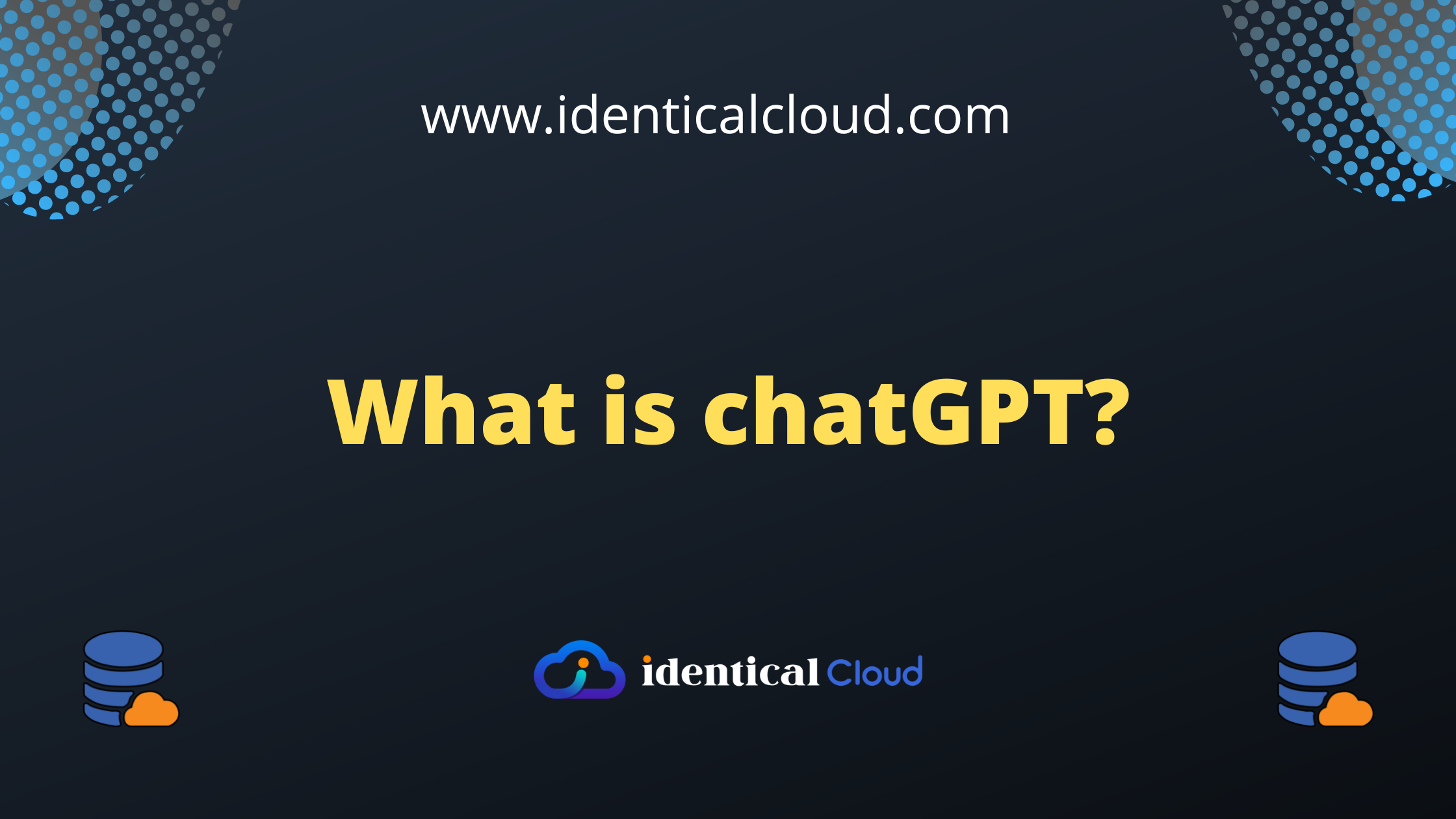
What is chatGPT? A step-by-step breakdown of how ChatGPT works.
What is chatGPT?
ChatGPT is a large language model developed by OpenAI. It uses deep learning techniques to generate human-like text based on a given prompt or context.
ChatGPT: The Future of Natural Language Processing
Natural language processing (NLP) is a rapidly growing field that aims to enable computers to understand and generate human language. One of the most exciting advancements in NLP is the development of large language models such as ChatGPT.
ChatGPT, developed by OpenAI, is a deep learning model that is trained on a massive dataset of text from the internet. The model learns to predict the next word in a sequence based on the context it was given, making it capable of generating text that is similar to text written by humans.
One of the major advantages of ChatGPT is its ability to handle context in a conversation. The model is able to understand and respond to context, making it well-suited for tasks such as language understanding and dialogue generation. Additionally, ChatGPT can be fine-tuned on a specific task or dataset, making it highly adaptable for different use cases.
ChatGPT has a wide range of applications, from chatbot interactions and language translation to text summarization and question answering. The model is able to generate high-quality text and human-like responses, making it suitable for a variety of industries, such as customer service, finance, and healthcare.
Despite its many advantages, ChatGPT is not without its limitations. The model is based on statistical patterns learned from training data, it does not have a true understanding of the meaning of the text it generates. Additionally, because the model is trained on a dataset of text from the internet, it may reproduce any biases present in the data.
Another major limitation of ChatGPT is its dependence on large amounts of computational resources. Training and running the model requires significant amounts of memory and processing power, which can be costly for some organizations.
Overall, ChatGPT is an exciting development in the field of natural language processing that has the potential to revolutionize the way we interact with computers. While there are limitations to consider, the model’s ability to handle context and generate human-like text make it a powerful tool for a wide range of applications. As the field of NLP continues to grow, we can expect to see even more advancements in the capabilities of language models like ChatGPT.
Here is a step-by-step breakdown of how ChatGPT works:
- The model is trained on a large dataset of text, such as books, articles, and websites.
- The training process involves feeding the model chunks of text, called “context,” and the corresponding text that comes next, called the “target.”
- The model learns to predict the next word in the sequence based on the context it was given.
- Once the model is trained, it can be fine-tuned on a smaller dataset, specific to the task it will be used for.
- When given a new prompt or context, the model uses the patterns it learned during training to generate text that is similar to the text it was trained on.
- The generated text can be used in various applications such as chatbot, language translation, text summarization, etc.
- Human can give feedback to the model on the generated text, and the model can improve further based on that feedback.
There are several advantages to using ChatGPT or similar language models:
- Generating human-like text: ChatGPT is trained on a large dataset of text, making it capable of generating text that is similar to text written by humans. This is useful for tasks such as chatbot interactions and language translation.
- Handling context: ChatGPT is able to understand and respond to context in a conversation, making it well-suited for tasks such as language understanding and dialogue generation.
- Flexibility: ChatGPT can be fine-tuned on a specific task or dataset, making it highly adaptable for different use cases.
- High quality: The model is able to generate high-quality text and human-like responses, this is useful for tasks such as text summarization and question answering.
- Speed: With the power of parallel computing, the model can generate text in real-time, making it suitable for time-sensitive applications.
- Improves over time: As the model gets feedback from human, it can improve over time and generate even better text.
Disadvantages of ChatGPT
While ChatGPT and similar language models have many advantages, there are also some disadvantages to consider:
- Lack of understanding: ChatGPT is based on statistical patterns learned from training data, it does not have a true understanding of the meaning of the text it generates. It may produce text that is grammatically correct but semantically meaningless.
- Bias: Because the model is trained on a dataset of text from the internet, it may reproduce any biases present in the data.
- Lack of creativity: ChatGPT generates text based on patterns it has learned from the training data, it may not be able to generate completely new and unique ideas.
- Lack of control: The generated text may not always align with the intended tone or style of the prompt, or may not be suitable for specific use-cases.
- Large computational resources: The model requires large amounts of computational resources to train and run which may not be affordable for all.
- Dependence on data quality: The model performance heavily depends on the quality of data it is trained on, if the data is not diverse, the model will not be able to generate diverse outputs.
